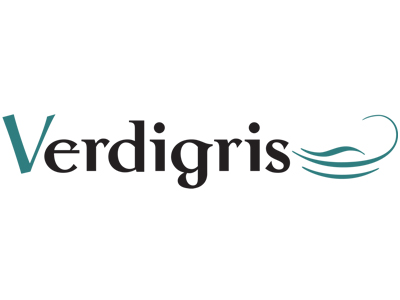HP Inc is without doubt the biggest player in the graphics industry. Net revenue in 2018 was a cool $58.3 billion. The R&D spend alone for the year was $1.4 billion. As a founding member of the Verdigris project, we are glad to have HP’s support and glad they can afford it. Support is what environmental impact mitigation is all about, especially now when sustainability and the planet’s health are in crisis. Sustainability efforts from HP, Kodak, Miraclon, Ricoh et al, however are grounded in commercial reality: if the planet crashes and burns, there is no business, only survival. So the more investment into developing the foundations for circular, low carbon economies, the better. It makes good sound business sense, both in the near future and long term.
Sustainability initiatives are all about driving change and about creating new expectations amongst business owners and their customers. Big brands are already pushing the graphics industry to shape up, and major vendors in the graphics business are taking steps to support environmentally friendly production models.
For HP it seems to be working. Sustainable impact programmes such as reducing product use GHG emissions by 30% compared to 2015 by 2025 contributed over $900 million in new revenues in 2018, up by 35% compared to 2017. By 2025, 30% of printing systems’ hardware and supplies will be recycled plastics. At 23% of its target, HP Inc is already well on the way to achieving it. The amount of recycled plastics in printing products is 4700 tonnes, up by 270% compared to 2017. Rather more impressive for a company so wedded to the cloud is the aim to power global operations with 100% renewable energy by 2035. Cutting energy usage and emissions in supply chains is where much more effort should be focused. The goal is for a 10% cut by 2025, and so far zero percent of the target has been reached.
HP is also working with publishers to develop viable on demand printing models, which could make a massive difference. A partnership with Elle Magazine, part of the Hachette stable, is delivering an on demand version of the magazine, with the covers printed on 100% recycled materials and the body pages on paper with 30% recycled content. The HP Piazzo project, matching publishers to print service providers, should be a good platform for improved sustainability in publishing. And for the printing industry the HP strategy is to help make commercial print cash flows more predictable with clearer returns on investment.
Sustainability is about protecting the environment, but it is also about protecting a company’s top and bottom lines, including those of one’s customers. More big players in the graphics industry should recognise this, and then we might make even more progress.
– Laurel Brunner
This article was produced by the Verdigris Project, an industry initiative intended to raise awareness of print’s positive environmental impact. This weekly commentary helps printing companies keep up to date with environmental standards, and how environmentally friendly business management can help improve their bottom lines. Verdigris is supported by the following companies: Agfa Graphics, EFI, Fespa, HP, Kodak, Kornit, Ricoh, Spindrift, Splash PR, Unity Publishing and Xeikon.





